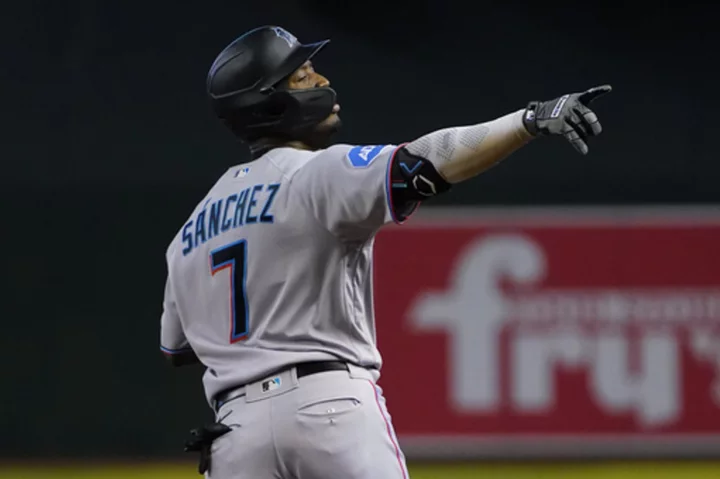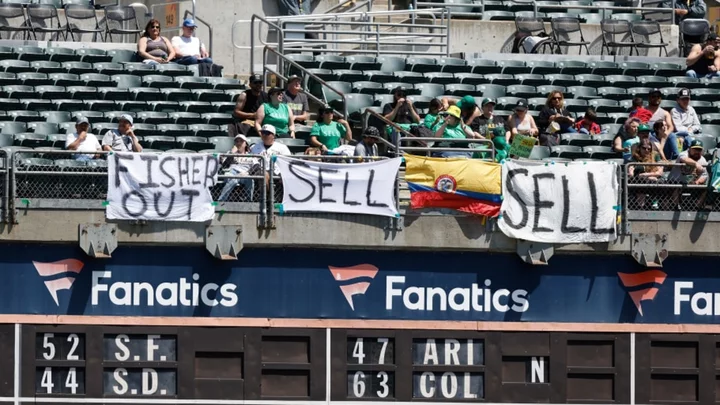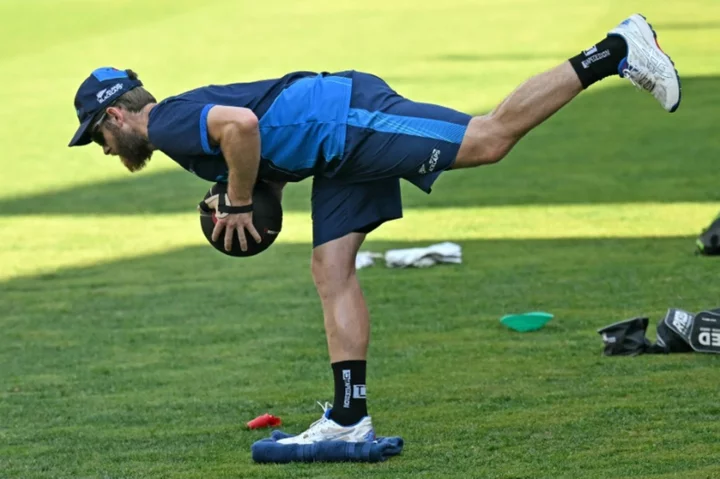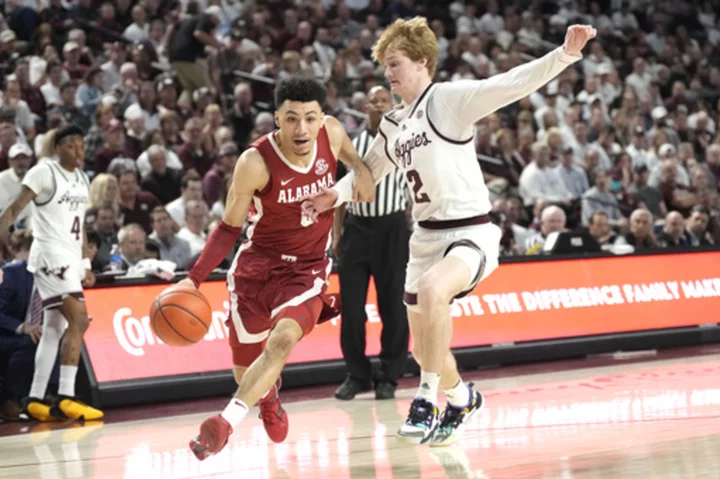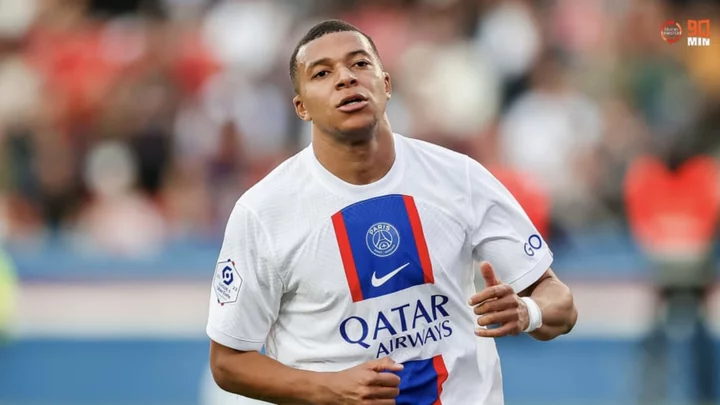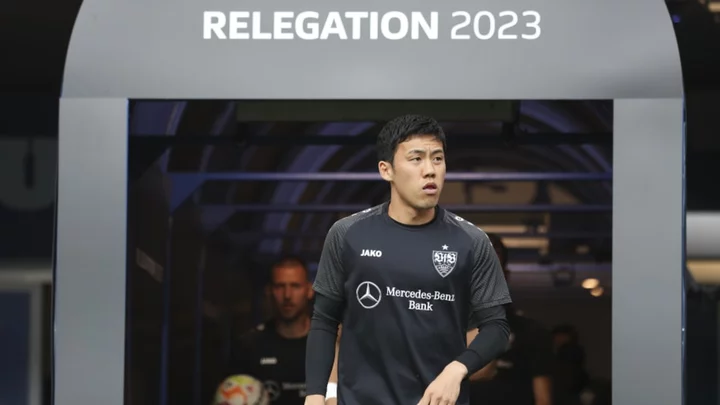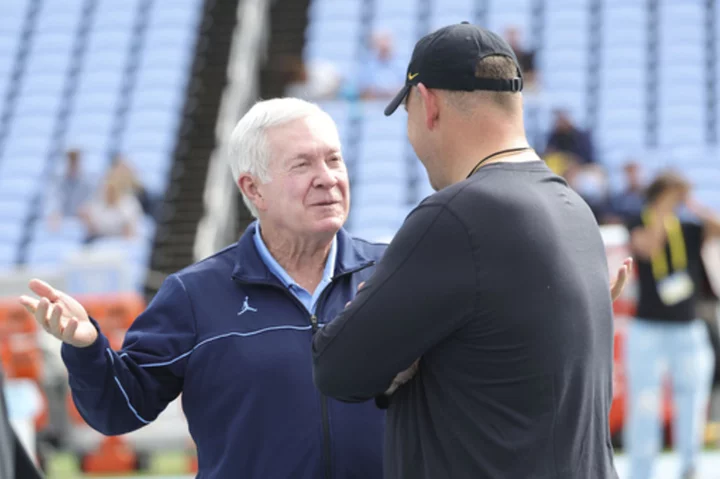After Aaron Rodgers suffered a shock injury just moments into his highly anticipated debut for the New York Jets, a familiar stream of anger burst across social media.
The quarterback’s former Packers teammate David Bakhtiari took to social media to ask “How many more players have to get hurt on ARTIFICIAL TURF??!” In the Jets’ locker room after the game, some players called for grass to be installed at their home field, MetLife Stadium.
A similar reaction occurred last year, when star wide receiver Odell Beckham Jr. bust his knee during the Super Bowl on the turf of SoFi Stadium in Los Angeles.
“Every player is one play away from altering their career forever when playing on turf,” San Francisco 49ers defensive end Nick Bosa said after Beckham’s injury. Bosa, who just cashed in on a five-year, $170 million deal, tore his ACL at MetLife Stadium in 2020.
Even though there is no evidence Rodgers’ injury was related to artificial turf, the loss of the four-time MVP has brought a long festering argument to the surface. Players blame National Football League owners, academics blame turf manufacturers, while some New York fans blame the football gods after watching the long-suffering Jets’ Super Bowl dreams disappear on a stretcher.
A spokesperson for the Jets declined to comment.
A big selling point for NFL teams laying artificial turf is that it’s cheaper and easier to maintain. About 14 NFL teams out of 32 use fake grass, and replacing it all would cost an estimated $12 million. That’s a tiny sum for the richest sports league on the planet which brought in $18.6 billion in revenue last season.
But the real cost to install high-quality grass pitches could be far higher. Allegiant Stadium and State Farm Stadium have retractable fields that move the grass outside the stadium so it can receive more sunlight. Allegiant, home to the Las Vegas Raiders, cost $1.8 billion to build.
After heavy criticism from players over its previous surface, MetLife Stadium’s field got a makeover with an artificial surface made by Canadian firm FieldTurf, a division of Paris-based Tarkett SA.
“Athlete safety has always been our top priority,” a spokesperson at FieldTurf said. “We are at the forefront of innovation when it comes to limiting injuries and independent, peer-reviewed studies validate the safety of our fields.”
Many players prefer playing on grass, but right now that’s not possible, according to New York Giants co-owner John Mara. MetLife hosts both the Jets and the Giants. That’s 20 games in about five months, not including the potential for playoff games.
“My hope is we can get to a day at some point in the future when we can have a grass field that we’re able to maintain with two different teams and all the other events we have,” Mara said in March.
Tarkett began life as a felt-producing plant in France in 1880. A series of mergers and takeovers led the company to become a flooring specialist. Its sports division made €870 million ($934 million) in revenue last year, driven by winning business at US sports fields and athletics tracks.
Coming soon: Sign up for Bloomberg’s Business of Sports newsletter for the context you need on the collision of power, money and sports, from the latest deals to the newest stakeholders. Delivered weekly.
Its latest product, FieldTurf Core, claims to “reinvent the playing field, and redefines the player experience.” It’s also used by teams including the New England Patriots and Atlanta Falcons. A number of high-profile college football teams also use the product.
It’s not the only provider. The Buffalo Bills use A-Turf Titan artificial turf, while the Dallas Cowboys use Hellas Matrix Turf.
Artificial turf has been used for football since 1969, when Franklin Field, home to the University of Pennsylvania and the Philadelphia Eagles, switched to AstroTurf.
Arguments over injury risks it brings have been raging ever since. In 1971, Halfback Gale Sayers said the AstroTurf at the Chicago Bears’ Soldier Field “will shorten careers.”
By 2012, a study from Stanford University found that college football players are about 40% more likely to suffer knee injuries playing on artificial turf than on grass. This April, the NFL Players Association argued that non-contact injuries happened at a higher rate on fake surfaces during the previous season compared to grass.
MetLife will in fact get grass, but only for the 2026 football World Cup, when it is seeking to host the final. That shows the league owners are willing to change to grass when they have to, according to NFLPA President JC Tretter.
“They are willing to put grass down for other people just not for us,” Tretter said. “They only care about money, that’s why they’re willing to change the turf for grass for the World Cup and not for us.”
NFL Executive Vice President Jeff Miller disputed Tretter’s claims on a Tuesday media call.
“We share all the information, they have all the same data we have,” said Miller. “We have stadiums where certain natural grass there is a lower injury rate than synthetic fields and there are some synthetic fields that have a lower injury rate than natural grass.”
Miller said the NFL has not seen any data that suggests playing on synthetic fields increases the odds of an Achilles injury like the one Rodgers suffered.
The NFL had hoped Rodgers’ move to the New York Jets would be a draw throughout the season. After just one prime-time game in 2022, the league scheduled five in the limelight this year.
It remains to be seen if 39-year-old Rodgers will return to the field after a career that makes him a first-ballot lock for the Hall of Fame. Achilles injuries on average take a year to heal.
Rodgers is the league’s highest-paid player ever, earning $342 million over 19 seasons. He took a pay cut to join the Jets that brought his contract down from $110 million over two years to $112.5 million over three years. He is due $75 million in guarantees.


